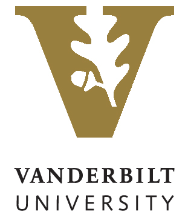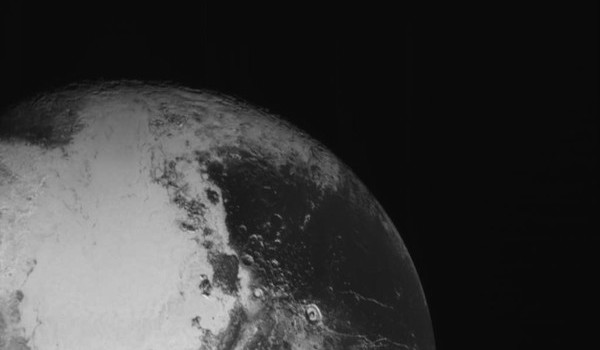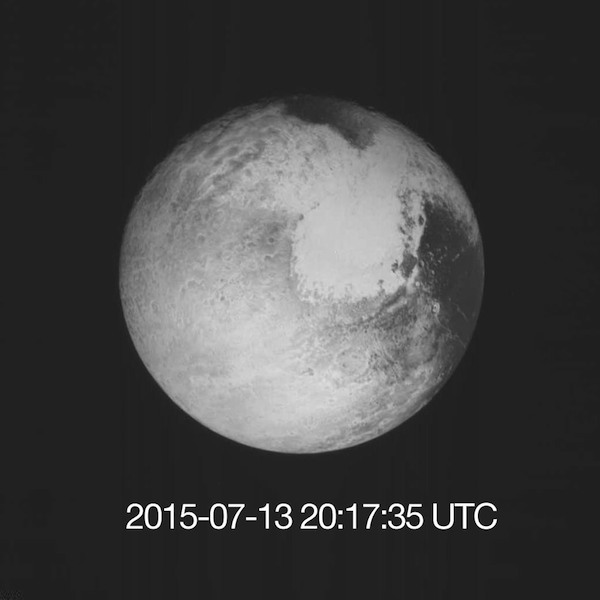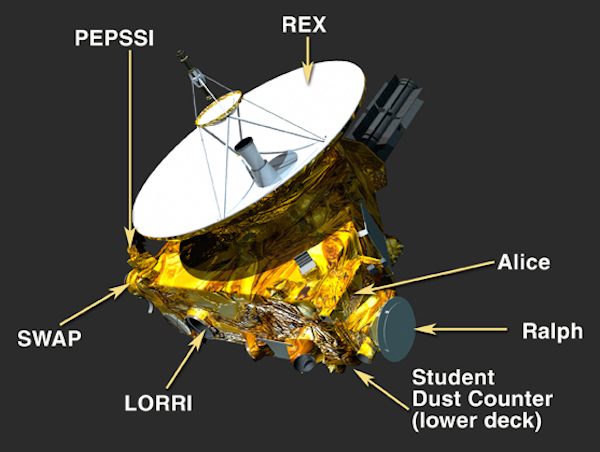| rotational_program_september_2015_flyer.pdf |
|
0 Comments
FIU McNair Scholars Research Conference 2015
Wednesday, October 14 to Friday, October 16, 2015 Miami, Florida Abstracts Due September 18 http://mcnairconference.fiu.edu/ ABRCMS 2015 November 11-14, 2015 Seattle, Washington September 11: Abstract Submission and ABRCMS Student Travel Award Deadline September 25: FASEB MARC Travel Award Application Deadline http://www.abrcms.org/ MSU AGEP Conference 2015 Saturday November 21, 2015 East Lansing, MI Abstracts Due October 15, 2015 http://www.grad.msu.edu/AGEP/conference.aspx SACNAS October 29-31, 2015 Washington DC http://www.2015sacnas.org NOBCChE September 21-25, 2015 Orlando, Florida www.nobcche.org ERN Conference 2016 February 25-27, 2016 Washington DC Abstracts Due October 2, 2015 http://www.emerging-researchers.org/ MAES is the foremost Latino organization for the development of STEM leaders in the academic, executive, and technical communities
How it all got started: MAES was founded in Los Angeles in 1974 to increase the number of Mexican Americans and other Hispanics in the technical and scientific fields. The idea to establish a professional society for Mexican American engineers originated with Robert Von Hatten, an aerospace electronics engineer with TRW Defense Space Systems in Redondo Beach, California. Mr. Von Hatten had for several years served as volunteer for programs directed at combating the alarming number of high school dropouts. He envisioned a national organization that would serve as a source for role models, address of the needs of its members, and become a resource for industry and students. The society filed incorporation papers as a nonprofit, tax exempt organization with the California Secretary of State in October 1974 and it received its charter on March 28, 1975. Our Mission: To promote, cultivate, and honor excellence in education and leadership among Latino engineers and scientists. Our Vision: MAES is the foremost Latino organization for the development of STEM leaders in the academic, executive, and technical communities Link of the scholarship with further information: http://mymaes.org/program-item/maes-scholarships/ All the information provided above is from the original organization site: mymaes.org "Data Presentation: The Dos and Don’ts of Figures, Plots, Images" presented by O. Marcelo Suárez.8/30/2015 Abstract
A key constituent in science dissemination through manuscript constructs is data presentation. Normally publishing houses provide specific guidelines for figures, plots, charts, and diagrams. Yet, we deem important that students involved in research acquire an overall understanding of the underpinning of data presentation in theses and, more importantly, manuscripts. This seminar addresses the gray areas left by those guidelines and specifics about figures, scientific charts, and plots. From font size and types to x-y scale selections, charts deserve a close look to make them clear, readable and self-explanatory. Furthermore, figures obtained by imaging devices (cameras, sensors, etc.) demand proper scaling to enable exacting measurements. These topics along with figure formatting (resolution, size, type, i.e. TIFF, PNG, JPG) will also be addressed. Ancillary issues to discuss include 'the table and plot dichotomy,' 'copyrights of reproductions,' 'labeling and colors' among others. This is pre-seminar to the one on scientific publications to be presented during the Mech. Eng. Graduate Seminar on Sept. 10. It is organized by the Material Advantage UPRM Chapter and co-hosted the Nanotechnology Center CREST. When: Thursday Sept. 3, 10:30-11:45 (universal hour) Where: Stéfani S-303 Estudiantes 4to, 5to y 6to año Programas de Ingeniería:
Les queremos informar a todos los estudiantes de Ingeniería que el jueves, 27 de agosto a las 10:30 am en el salón Stefani 230 nos estará visitando la Universidad de Vanderbilt de Nashville, Tennessee para promover sus programas graduados. Les exhortamos a todos los interesados para que asisten y se informen de sus programas y oportunidades con tiempo! Agradecemos confirme su asistencia a la charla comunicándose con la Sra. Virginia D. Figueroa, Oficial Administrativo II al correo electrónico [email protected]. Habrá pizza y refrigerios para los participantes. Los esperamos. Nota: Aquí se les incluye información de los programas de Vanderbilt University; The Vanderbilt University School of Engineering’s graduate programs emphasize innovative, rigorous multidisciplinary study and in-depth instruction. As a graduate student you would be part of a world-class research institution but with the intimacy and faculty contact of a small private university. Our faculty is committed to teaching and working with the next generation of engineering students and you can expect to enjoy the richness of collaboration and long-term relationships at Vanderbilt University Master’s and Ph.D. programs are offered in: • Biomedical Engineering • Chemical and Biomolecular Engineering • Civil Engineering • Computer Science • Electrical Engineering • Environmental Engineering • Interdisciplinary Program in Material Science • Mechanical Engineering For more information about our programs visit http://engineering.vanderbilt.edu/gradschool. On September 2nd at 2:00 PM EDT, the ASM Women in Materials Engineering Committee is proud to present, "Love Your Job More." In this webinar, you will learn how society and culture impact women’s self efficacy – their belief in themselves to achieve - and how it is especially difficult for women to believe in themselves in technology-driven, male dominated organizations. At the conclusion of this session you will understand that self efficacy is not the only determinate of your achievements, and believing in yourself is critical for navigating the organization as well as your life outside of your work. We will end by providing multiple examples of how to further improve one’s level of self efficacy so that each participant finds ways to thrive and flourish in her career and in her life.
Ever wonder what graduate school is really like? When you transition from undergraduate to graduate school, there are some key differences you may encounter:
Understanding some of the differences between undergraduate and graduate school can help prepare you for that transition when the time comes. Good luck! Please save the date! Berkeley Edge Conference 2015 has been announced along with the deadline date for nominations. This is a great opportunity for under represented students to receive the University of California, Berkeley experience and learn what opportunities are available at a top ranked research institution. The Berkeley Edge Program is geared towards students studying mathematics, electrical engineering-computer science and the physical sciences.
The following is a list of programs that are encouraged to apply to the Berkeley Edge Conference 2015:
What: Sixteenth Annual Berkeley Edge Conference When: Nov. 5 - 7, 2015 Where: The University of California, Berkeley Nomination deadline: September 25, 2015 To learn more about the Berkeley Edge Conference and to apply, please visit : http://bsn.berkeley.edu/bec2013 <http://bsn.berkeley.edu/bec2013> When talking to scientists in industry and academia, I always ask: “How is it that you got involved in Research? What inspired you to follow a path as a Scientist? When did you decide that you would continue a PhD?” While an interest in Science and Math typically starts early on in school and prior to college, the passion that propels many of these individuals to pursue a PhD stems from transformational research opportunities. Many times, the answers to all my questions converge into: “it was that summer research opportunity that inspired me to dream higher”. My life as an engineer and scientist and my motivation were not different. I was inspired to pursue a PhD in Chemical Engineering after participating in a Research Experience for Undergraduates (REU) program. Take notes NSF Program Managers, your REUs actually work and they are inspiring Latinos all across the US.
However, I am not writing this article for the Program Managers, I am writing this article for YOU, the student. This is my strategic way to say, YOU NEED TO SEND YOUR APPLICATIONS FOR SUMMER PROGRAMS NOW, DEADLINES ARE TYPICALLY BETWEEN DECEMBER AND JANUARY! By the way, YES, THEY WILL PAY FOR YOUR WORK. And, regardless if you are planning to pursue graduate school or not, summer research or internship experiences are strategic jobs that can later help you to be considered for interviews and more permanent positions. Lost? Here are some tips for you. There are many ways you can look for information on available programs in different fields. To find programs funded by NSF in your field go to: http://www.nsf.gov/crssprgm/reu/reu_search.cfm This link will take you to REUs funded by NSF and you can search the field of your choice in the website. Once you have found which universities are funded, you can follow the virtual path to the University and find the application forms. Let’s say, you have no clue on where to apply, well, if you would like to know the University rankings to get a better idea, go to: http://grad-schools.usnews.rankingsandreviews.com/best-graduate-schools This link will show for free the best 10 schools within a discipline (for the full list a subscription to US News is required, but it is possible that your school library carries the subscription). The reason why the search in the provided link above is focused on best graduate schools instead of College is because for a research focus you want to see how universities are ranked based on their graduate programs. Why to focus on great schools? Remember your summer experience will be in your resume, it will help you to get into graduate school and it will help you to find a job in the future, you want to maximize the impact of that summer research experience in your professional life. For REU Opportunities in Engineering, you can look in the NSF website under Engineering. For Engineering Internships a useful link is: http://www.internmatch.com/s/engineering-internship The link offers the positions description along with the organization or companies’ name. Other ways to find research opportunities is through foundations. An example is the Amgen Scholars Program. In this particular application you will select the site/university of your choice. Universities including MIT, Stanford, CalTech, among several others, are participants in Amgen Scholars. If you are interested in working with a particular company for the summer the time to apply for these opportunities is in THE FALL. Go to the Careers website within your company of interest and search for internship programs, requisitions or job postings. For those of you who are thinking about graduate school in STEM here are my very simple* tips: *simple might include long hours of study and work to ensure a reasonably high GPA, GRE and great recommendations from professors and employers. Tips for College and to Apply to Grad School: - Focus on your studies and get the best grades you can, but ALSO, - Discover the research in your field, search who is working what in your school - Find out which professors are taking undergraduates, find if they can pay for your research or if you can get scholarships that will pay you while you work on extracurricular research or get credit for it in the fall, start searching for summer research and internship opportunities in other institutions and/or companies - As you complete your courses, while maintaining a high GPA, build your resume with research experiences and also internships if possible - Build a professional social media profile If interested in graduate school, the last year of college in the FALL: - Check on USNews for rankings: http://grad-schools.usnews.rankingsandreviews.com/best-graduate-schools - Checkout the University programs online, what do they have to offer? - Use programs like Project 1000 to apply to as many schools as possible, waiving your application fees if you are eligible - Select those universities you wish to apply and apply to those programs with full fellowships, tuition and stipend - My personal recommendation is to apply to at least 10 programs in a wide range of rakings to ensure that you will get into a school - Challenge yourself, apply to GREAT schools, you never know The application materials will require letters of recommendation; this is why it is so important to have research experiences and to do really well on courses. AND APPLY TO SUMMER RESEARCH PROGRAMS OR INTERNSHIPS! Original post by http://www.cienciapr.org/en/blogs/equipo-informa/transformational-opportunities-you-can-do-it Published on August 14th, 2015 | By: April Gocha, PhD NASA’s New Horizons mission, which recently provided the first glimpse of dwarf planet Pluto, wouldn’t have been successful without ceramics. “I am happy and proud to announce an accomplishment by Surmet that almost went unnoticed,” Suri Sastri—president and CEO of Surmet, and ACerS corporate member—says in a PR Web press release. “By now, you all are aware of the ‘out of this world’ performance of the NASA’s spacecraft New Horizons and LORRI (the telescopic camera snapping the images), that sent back unbelievably clear high-resolution pictures of Pluto and its moon from three billion miles away. What most of you are not aware of is that Surmet contributed the critically enabling mirror-surface technology for the New Horizons mission.” The New Horizons mission launched back in 2006 and has been zooming through space ever since. Just last month the spacecraft reached its closest point (7,750 mi) to former-planet Pluto and snapped the first-ever images of the Milky Way’s favorite dwarf planet. Surmet developed a silicon carbide coating technology that allowed New Horizon’s telescope mirror to capture beautifully ultrahigh resolution images so far from home. Strongly adherent, amorphous and supremely homogeneous (at an atomic scale), the coating applied to the mirror substrate of the telescope allows for single point diamond turning and finish polishing, meeting the most stringent wavefront specifications required for capturing ultrahigh resolution images from outer space,” the release states. Surmet’s silicon carbide coating technology is an integral component of a particular instrument aboard the New Horizons spacecraft—its long range reconnaissance imager (LORRI). LORRI is just one of seveninstruments aboard New Horizons. Johns Hopkins University Applied Physics Laboratory (Laurel, Md.) developed LORRI. According to the lab’s website, “LORRI, the “eagle eyes” of New Horizons, is a panchromatic high-magnification imager, consisting of a telescope with an 8.2-inch (20.8-centimeter) aperture that focuses visible light onto a charge-coupled device (CCD). It’s essentially a digital camera with a large telephoto telescope—only fortified to operate in the cold, hostile environs near Pluto.” LORRI, designed to study geology and provide high-resolution images of the places New Horizons will go, weighs just 19.4 pounds and pulls an average 5.8 watts of power from the New Horizons spacecraft. “LORRI has no color filters or moving parts—operators take images by pointing the LORRI side of the spacecraft directly at their target. The instrument’s innovative silicon carbide construction keeps its mirrors focused through the extreme temperature dips New Horizons experiences on the way to, through, and past the Pluto system,” the JHUAPL website adds. Head over here to see some additional images that LORRI has snapped from its recent rendezvous with Pluto. And for more information about the spacecraft itself, check out this New Horizons fact sheet. Another Surmet technology—UltraC diamond-like carbon coating—has previously ventured into space aboard the Hubble Telescope, as integral technology for that telescope’s titanium cryocooler component for its infrared imaging sensors. “To know that we had a critical role in helping uncover and discover the vastness of the universe and its mysteries is indeed mind-boggling and immensely satisfying,” Sastri adds in the release. “We are grateful and humbled by the opportunity to contribute to NASA’s efforts and those of its able contractors, both large and small.” The credit for every image above goes to: JHUAPL
Original post by: http://ceramics.org/ceramic-tech-today/surmets-ceramics-travel-through-space-for-exclusive-closeup-with-pluto |










